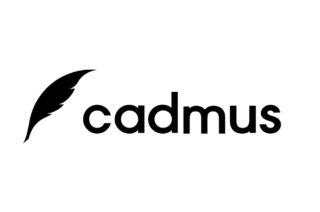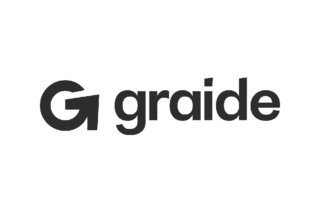A Little Glossary of Online Marking

Annotate – Adding marks or annotations to the body of a digital submission such as highlighting text, strikethrough, underline, shapes and freehand drawings.
Audio feedback – An audio recording of the marker giving spoken feedback attached to a digital submission.
Blackboard Delegated Marking:
Delegated Marking is a feature in Blackboard that allows you to manage double marking and the reconciliation process. It also allows students to receive feedback and marks from more than one marker.
If Delegated Marking is enabled for a Blackboard Assignment, you can assign specific users in your course to grade specific sets of submissions. Delegated markers can work independently in parallel to provide provisional marks, which can be reconciled by a member of staff to produce a final grade. Any user can be given the ability to reconcile grades. Delegated Marking can be set up to allow blind double-marking.
Delegated Marking – The marking of student work is distributed across several markers, and each marker is assigned to mark specific sets of submissions.
In-line marking or grading – Adding comments and marking feedback to the body of a digital submission using the comment function and/or reusable comments via a content library.
Marking groups – Groups of students created in Blackboard for specific markers to access their delegated submissions.
Online marking
Online marking refers to the practice of assessing and grading electronic submissions through tools and technologies specifically designed to provide online feedback.
- Anonymous marking – Student submissions are anonymised to eliminate potential grading bias.
- Blind double marking (also referred to as blind second marking) – The work of each student is evaluated by two assessors who are each working blind to the marks and feedback given by the other. The two markers can work in parallel if the marking tool used allows for this.
- Double marking (also referred to as second marking) – The work of each student is evaluated by two assessors. The marking can be carried out independently or sequentially. Independent second marking involves first and second markers working in parallel to independently mark all students’ work. The markers then compare their work and agree a final single mark. If marking is carried out sequentially, the first marker marks the students’ work and produces feedback. The work is then passed to the second marker who acts as a moderator to validate the marks and feedback proposed by the first marker but does not give a separate mark.
- Single marking – Submissions are marked by a single assessor.
Online rubrics – An interactive grid linked to an online submission that defines the quality of work (i.e. from excellent to poor) for each assessment criterion. Points may be associated with each quality indicator, this allows markers to rate each performance area according to specific, consistent standards.
Originality / Similarity checking – Submissions submitted through Turnitin produce a ‘similarity report’, which compares the writing in the submission to a database of billions of webpages, previous submissions and documents. The similarity score highlights any matching areas in the paper so markers can use this as an investigative tool to determine if the match is acceptable or not.
Reconciliation of marks – When a submission has been evaluated by two or more assessors, the provisional marks then need to be reconciled into one final mark. This is usually done by a unit lead or an assigned administrator.
Release of marks – Marks are kept hidden from students until a set date and time to allow for completion of marking and the reconciliation of marks. When released, the marks will become visible to students in Blackboard.
Smart Views – A smart view is a focused look at the Grade Centre that shows only the columns that match a set of criteria. The view is saved for continued use. When the Grade Centre includes a great number of students and columns, you can use smart views to quickly find data.
Example: Marking group access
Favourited smart views can be set up for marking groups to allow a large number of markers to easily access their submissions via links under the Full Grade Centre list in the Control Panel.
Quick Marks – QuickMarks (QMs) is a feature in Turnitin that allows you to create a library of feedback comments that might be applicable, on multiple occasions, to multiple students, across multiple classes and assignments.


